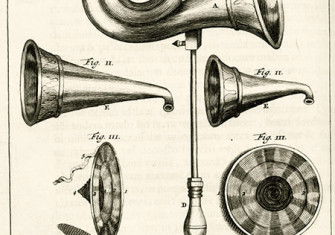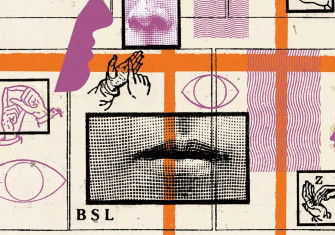Deaf Expression in Renaissance Art
Seen to be less capable because of their deafness, deaf artists in the Renaissance used their art as a powerful means of expression.
Throughout his long career, Leonardo da Vinci kept a series of notebooks in which he jotted down his thoughts about art to help future students. These notes were collected and published after his death by one such student. Some of his suggestions might, he thought, be surprising, in particular his advice to artists to study deaf people who communicated with each other in sign language. ‘Do not laugh at me’, da Vinci wrote, ‘for proposing a tutor without a tongue.’







